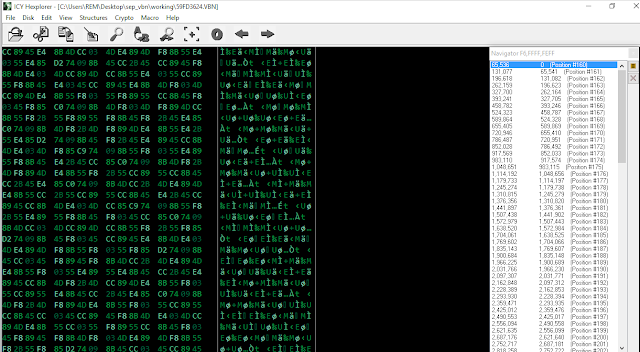Fun with Flags - Sans Holiday Hack 2017 Challenge 1

Read Time: 10 Minutes Through the course of a year I participate in a number of Cyber Security Capture the Flags (CTFs) events. So in this posting, and others titled " Fun with Flags ", I plan to capture how I solved the different challenges that are presented. To keep the blog light I will narrate only a challenge at a time. It is important to blog about this topic since CTFs allow for DFIR Professionals to experience new challenges. These challenges require the skills they have but the content might not match their day-to-day on the job challenges. Figure 1: Fun with Flags Staarfaenger At the end of each year (since 2010 ?), SANS hosts their Holiday Hack Challenge. These challenges so far have a had a Christmas Theme wrapped around them. During the 2017 Holiday Hack Challenge nine major questions were posed to participants. I will scope the content of this post to the console challenges and hacking. The content will derive from the following question po
